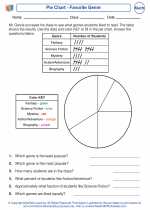Trigonometry Study Guide
What is Trigonometry?
Trigonometry is a branch of mathematics that deals with the study of the relationships between the angles and sides of triangles. It is widely used in various fields such as engineering, physics, astronomy, and architecture.
Key Concepts in Trigonometry
Some of the key concepts in trigonometry include:
- Trigonometric Functions: These include sine, cosine, tangent, cosecant, secant, and cotangent, which relate the angles of a triangle to the lengths of its sides.
- Right-Angled Triangles: Trigonometric functions are often used to solve problems involving right-angled triangles.
- Unit Circle: The unit circle is a circle with a radius of 1, used to define trigonometric functions for all real numbers.
- Trigonometric Identities: These are equations involving trigonometric functions that are true for all values of the variables.
- Applications: Trigonometry is used in various real-life applications such as calculating distances, heights, and angles in navigation, physics, and engineering.
Trigonometric Functions
The three primary trigonometric functions are:
- Sine (sin): The ratio of the length of the side opposite the angle to the length of the hypotenuse in a right-angled triangle.
- Cosine (cos): The ratio of the length of the side adjacent to the angle to the length of the hypotenuse in a right-angled triangle.
- Tangent (tan): The ratio of the length of the side opposite the angle to the length of the side adjacent to the angle in a right-angled triangle.
Trigonometric Identities
Some of the fundamental trigonometric identities include:
- Pythagorean Identity: sin2(θ) + cos2(θ) = 1
- Reciprocal Identities: csc(θ) = 1/sin(θ), sec(θ) = 1/cos(θ), cot(θ) = 1/tan(θ)
- Quotient Identities: tan(θ) = sin(θ)/cos(θ)
- Even-Odd Identities: sin(-θ) = -sin(θ), cos(-θ) = cos(θ)
Applications of Trigonometry
Trigonometry has numerous real-world applications, including:
- Navigation: Trigonometric functions are used in navigation to calculate distances and angles between locations.
- Engineering: Trigonometry is used in engineering to design and analyze structures, as well as in electrical and mechanical systems.
- Physics: Trigonometric principles are applied in physics to analyze the motion of objects and forces acting upon them.
- Astronomy: Trigonometry is essential in astronomy for calculating the positions and movements of celestial bodies.
Study Tips
When studying trigonometry, consider the following tips:
- Practice drawing and labeling triangles to understand the relationships between angles and sides.
- Memorize the key trigonometric identities and understand how they are derived.
- Work through plenty of practice problems to reinforce your understanding of trigonometric concepts.
- Use trigonometric functions and identities to solve real-world problems to see their practical applications.
- Seek help from a tutor or join study groups to clarify any challenging concepts.
Conclusion
Trigonometry is a fundamental branch of mathematics with widespread applications in various fields. By mastering trigonometric functions, identities, and their applications, you can develop a strong foundation in mathematics and problem-solving skills that will be valuable in your academic and professional pursuits.
.◂Math Worksheets and Study Guides Fourth Grade. Represent Data
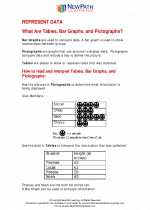
 Worksheet/Answer key
Worksheet/Answer key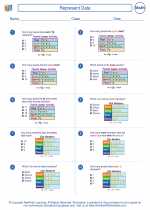
 Worksheet/Answer key
Worksheet/Answer key
 Worksheet/Answer key
Worksheet/Answer key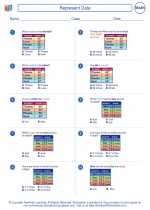
 Worksheet/Answer key
Worksheet/Answer key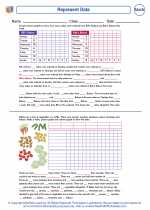
 Worksheet/Answer key
Worksheet/Answer key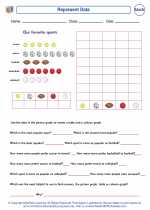
 Worksheet/Answer key
Worksheet/Answer key
 Worksheet/Answer key
Worksheet/Answer key